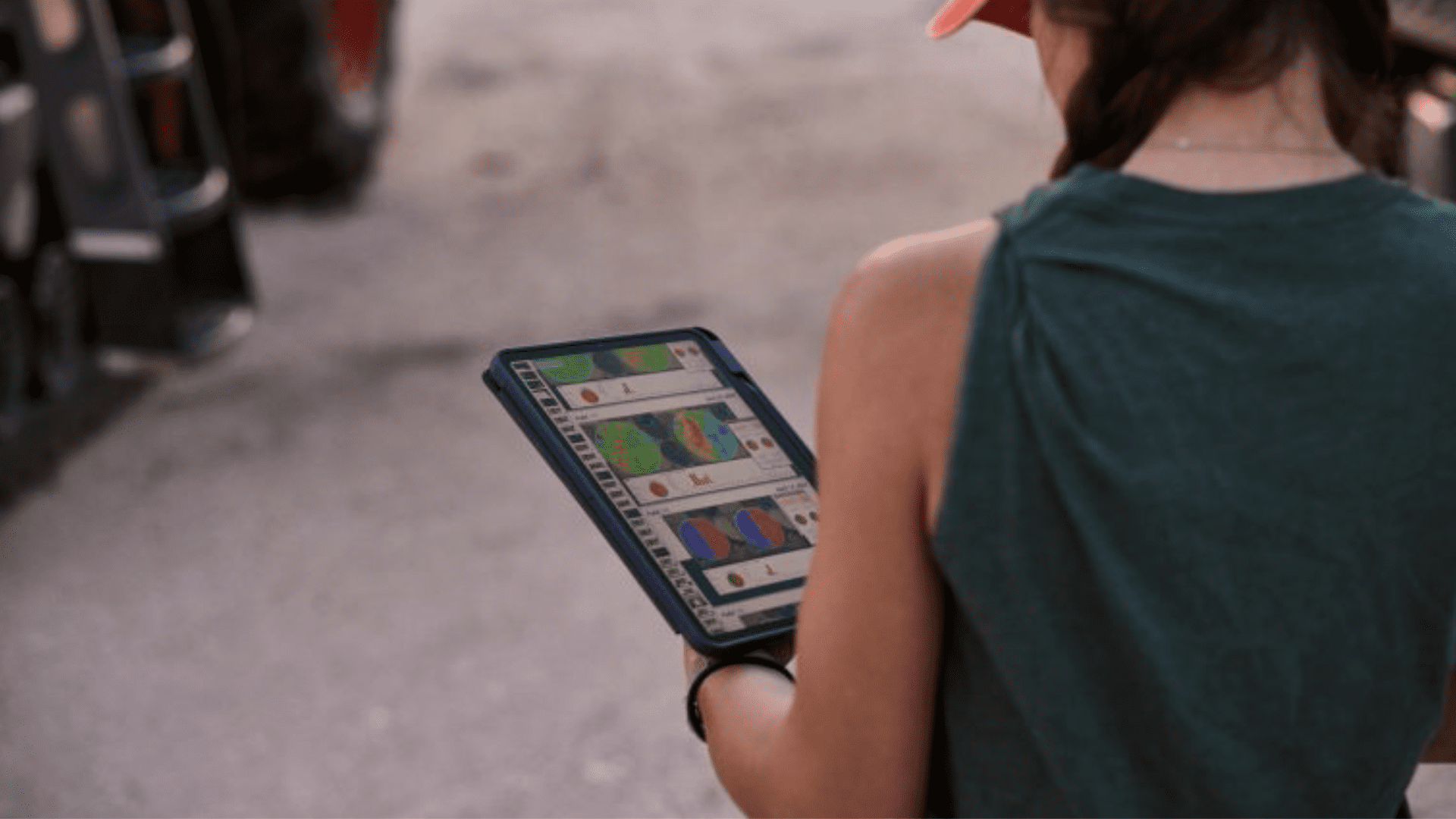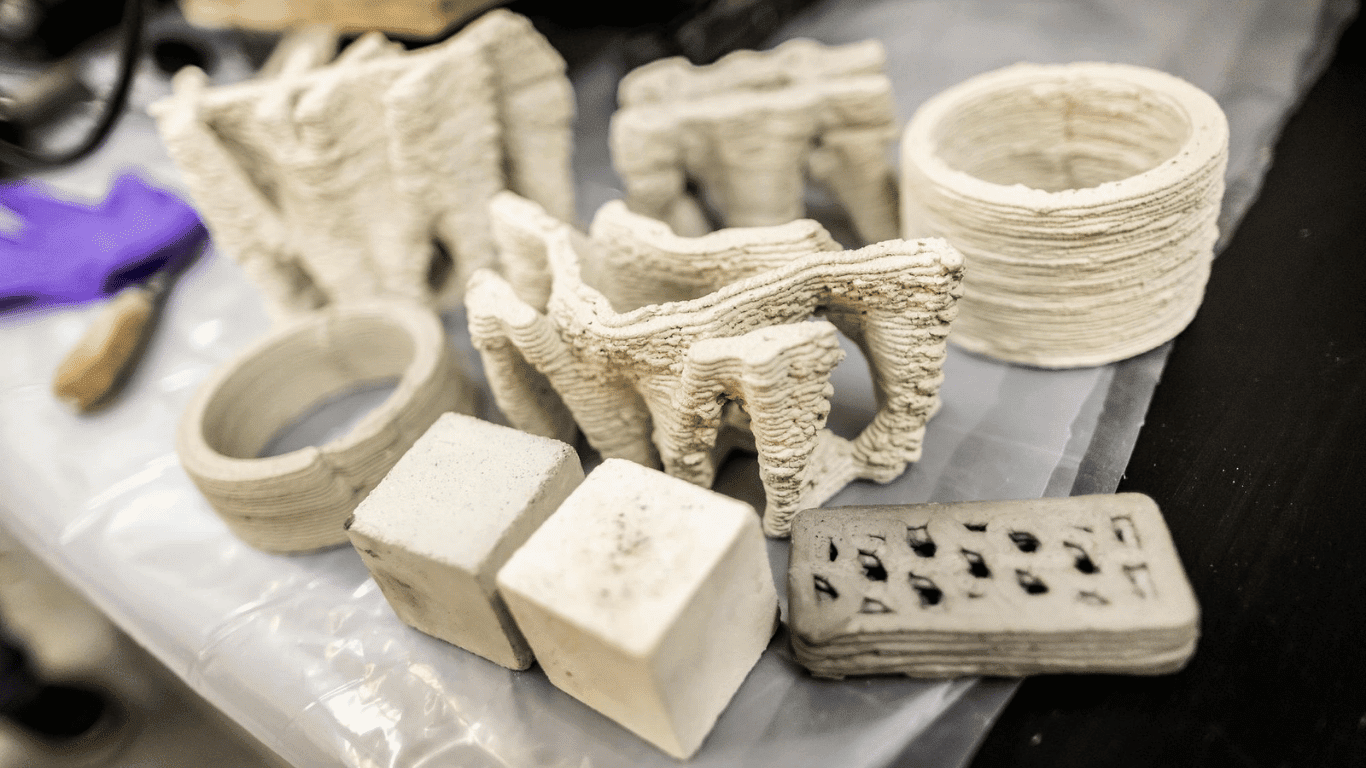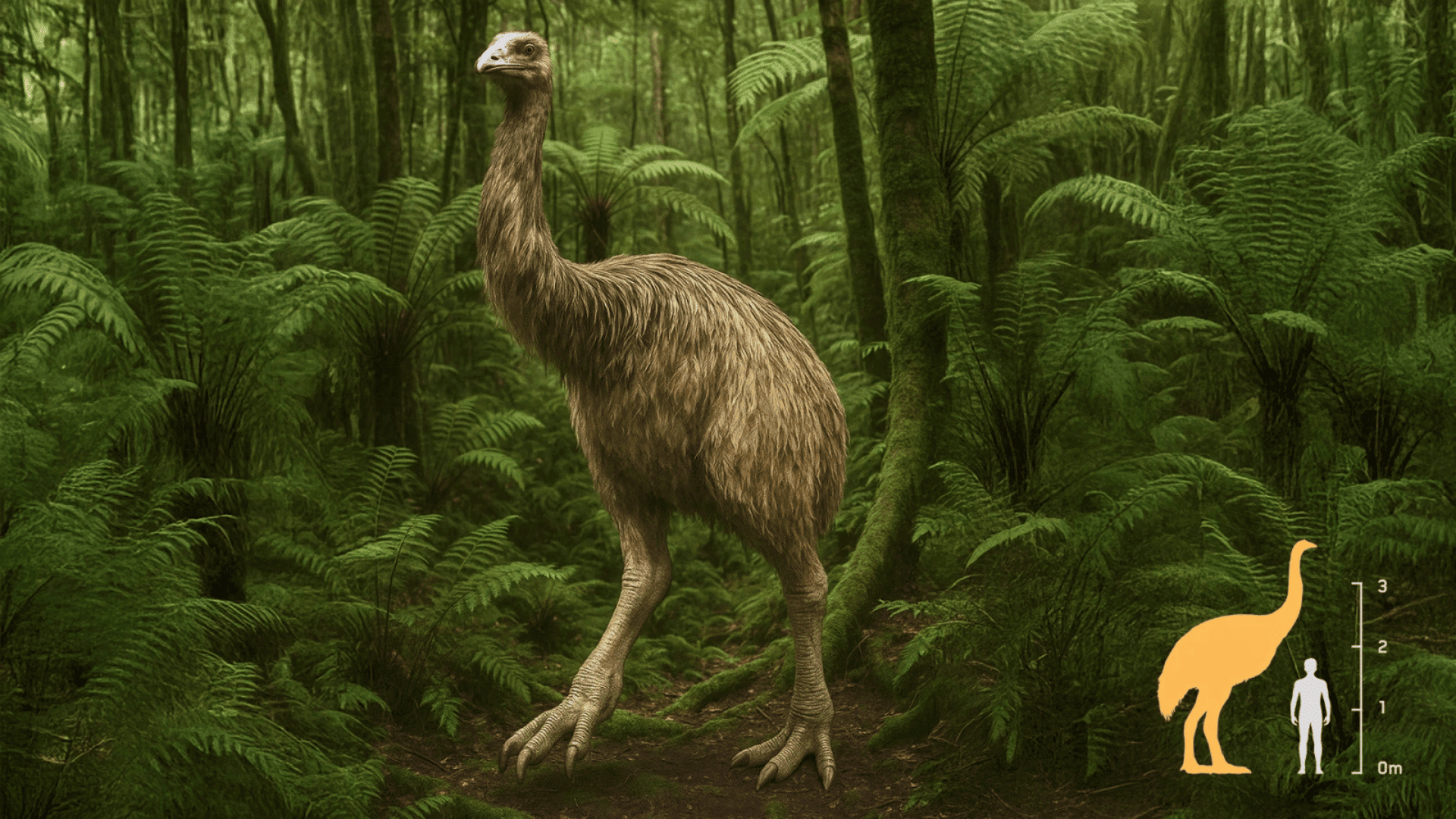Technology is everywhere, in our everyday lives. Even if you don’t know it, you’re probably using some sort of technology. That also holds true for farmers, who use it to help grow good food sustainably. In Texas, technology is playing a big role on farms.
Rick Harrell, Natural Resources Conservation Service (NRCS) Texas resource team leader, said technology is a tool that has changed farming techniques over time.
He explained, “With every new piece of technology, it is one more tool in the toolbox to help a farmer evaluate their farming practices to gain efficiency – and at the same time, better conserve the resources that are limited, such as soil and water quality, water quantity.” The NRCS provides Texas farms with financial and technical assistance, two of the biggest barriers, through the Environmental Quality Incentive Program (EQIP).
Probes

At the Howard Family Farm in Hartley County, Texas, technology is crucial. Bryce Howard said developing a modern irrigation system focusing on sustainability and conservation starts with a moisture probe. He said, “The first step is to have a probe in the ground that tells you how much rain you’ve got, how much water is in the soil, when you should turn the pivot on, when you should be watering, when you are able to turn the pivot off.”
Farmers put the soil moisture probes into the soil in several areas of the field. These probes contain sensors that provide real-time data that ultimately helps the farmers save water. The probes are capable of measuring the amount of water in the soil.
Irrigation Apps
At Cari Beauchamp’s farm in the Texas panhandle, she controls the farm’s sprinklers using her smart device. The farm recently upgraded its sprinkler system from the 1990s to the new irrigation technology, and Beauchamp was able to do this thanks to EQIP. With a push of a button on her phone, she controls when the sprinkler starts, the direction, and the depth. This technology helps the farm save water by allowing Beauchamp to quickly shut the sprinkler off if there is a malfunction.

“We do utilize a lot of technology, but we prefer to make our decisions after we’ve put boots on the ground,” Beauchamp said. “So, we may say, ‘okay, this circle looks like it might be a little hot,’ but before we change a setting on our phone to make that sprinkler put on more water, we come and check and put boots on the ground.”
Drones
Drones are a modern way to farm resource-consciously, which is important to Texas farmer Russell Williams. He said they like to manage their resources the best that they can, especially water. Drones are a major piece of technology that helps Williams do that.
“[Drones] help us to determine if there are any problems in a field that you can’t see from the ground,” Williams said. “That way if we know beforehand, we can address those problems.”
Drones help Williams monitor his farm and discover issues in his irrigation system. They help him spot leaks or clogged nozzles faster than if he were on foot. Using drones to stay ahead of malfunctions increases the overall productivity and sustainability, he said.
Another technology that increases farm sustainability is maps. For example, Soil, Water, and Topography Maps (SWAT) test soil. A device that attaches to the top of a utility vehicle collects data. The SWAT maps gather diverse soil samples that ultimately provide insight into the available bank of nutrients in the soil.
Another example is a yield monitor map that gathers data to help farmers identify which spots on a farm have reduced yields. Deductive reasoning determines what is causing the reduction.







